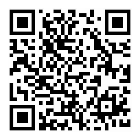BS EN 60835-2-9-1997 數(shù)字微波無線電發(fā)射系統(tǒng)使用設備的測量方法.地面無線電中繼系統(tǒng)的測量.業(yè)務信道
作者:百檢網(wǎng) 時間:2021-08-02
標準號:BS EN 60835-2-9-1997
中文標準名稱:數(shù)字微波無線電發(fā)射系統(tǒng)使用設備的測量方法.地面無線電中繼系統(tǒng)的測量.業(yè)務信道
英文標準名稱:Methods of measurement for equipment used in digital microwave radio transmission systems - Measurements on terrestrial radio-relay systems - Service channels
標準類型:M36
發(fā)布日期:1997/1/15 12:00:00
實施日期:1997/1/15 12:00:00
中國標準分類號:M36
國際標準分類號:33.060.30
適用范圍:This section of IEC 835-2 deals with measurements pertaining to the service channels used in digital microwave radio-relay systems. In digital radio-relay systems, two basic methods are commonly used for the transmission of service channel signals (that is voice, supervisory and control signals) (see annex A, ref. [6]). The first transmission method uses analogue transmission techniques where the i.f. or r.f. carrier signal of the digital modulator is directly frequency-modulated by the analogue service channel signal, which is then recovered at the receive end by an f.m. demodulator (for example in the carrier recovery circuit of a coherent digital demodulator). In the second method of transmission, digital transmission is used and the service channel signal is transmitted in the form of separate bits inserted into the main bit stream by a multiplexer (possibly together with a bit stream carrying additional information). For digital transmission, the service channel signal may be either an analogue signal which is digitally encoded for bit insertion or a digital signal, in which case suitable code conversion is normally applied in order to convert the line code into a code suitable for the radio equipment. At the receive end, a demultiplexer is used to recover the service channel bits and thus supply, after suitable decoding or code conversion, the service channel output signal. Normally, more than one service channel is transmitted. Sometimes an additional bit stream (for example alarm control signals for protection switching and supervisory equip-ment) may also be transmitted. Suitable multiplexing and demultiplexing equipment is then used, such as frequency division multiplexing for analogue transmission, and time division multiplexing for digital transmission. The use of time division multiplexing also allows the simultaneous digital transmission of analogue and digital service channel signals. Figure 1 shows the simultaneous application of all the above possible service channel transmission systems. However, in a given radio-relay link, only one or two of these systems is used at a time.
中文標準名稱:數(shù)字微波無線電發(fā)射系統(tǒng)使用設備的測量方法.地面無線電中繼系統(tǒng)的測量.業(yè)務信道
英文標準名稱:Methods of measurement for equipment used in digital microwave radio transmission systems - Measurements on terrestrial radio-relay systems - Service channels
標準類型:M36
發(fā)布日期:1997/1/15 12:00:00
實施日期:1997/1/15 12:00:00
中國標準分類號:M36
國際標準分類號:33.060.30
適用范圍:This section of IEC 835-2 deals with measurements pertaining to the service channels used in digital microwave radio-relay systems. In digital radio-relay systems, two basic methods are commonly used for the transmission of service channel signals (that is voice, supervisory and control signals) (see annex A, ref. [6]). The first transmission method uses analogue transmission techniques where the i.f. or r.f. carrier signal of the digital modulator is directly frequency-modulated by the analogue service channel signal, which is then recovered at the receive end by an f.m. demodulator (for example in the carrier recovery circuit of a coherent digital demodulator). In the second method of transmission, digital transmission is used and the service channel signal is transmitted in the form of separate bits inserted into the main bit stream by a multiplexer (possibly together with a bit stream carrying additional information). For digital transmission, the service channel signal may be either an analogue signal which is digitally encoded for bit insertion or a digital signal, in which case suitable code conversion is normally applied in order to convert the line code into a code suitable for the radio equipment. At the receive end, a demultiplexer is used to recover the service channel bits and thus supply, after suitable decoding or code conversion, the service channel output signal. Normally, more than one service channel is transmitted. Sometimes an additional bit stream (for example alarm control signals for protection switching and supervisory equip-ment) may also be transmitted. Suitable multiplexing and demultiplexing equipment is then used, such as frequency division multiplexing for analogue transmission, and time division multiplexing for digital transmission. The use of time division multiplexing also allows the simultaneous digital transmission of analogue and digital service channel signals. Figure 1 shows the simultaneous application of all the above possible service channel transmission systems. However, in a given radio-relay link, only one or two of these systems is used at a time.
相關標準
《YD/T2583.18-2019》蜂窩式移動通信設備電磁兼容性要求和測量方法 第18部分:5G 用戶設備和輔助設備
《YD/T1548.1-2009》2GHz WCDMA 數(shù)字蜂窩移動通信網(wǎng)終端設備測試方法(第三階段)第1部分:基本功能、業(yè)務和性能
《ETSIEN301908-2V11.1.2》IMT蜂窩網(wǎng)絡;覆蓋2014/53/EU指令3.2節(jié)基本要求的協(xié)調(diào)標準;第2部分:CDMA直接擴展(UTRA FDD)用戶設備
《YD/T2583.18-2019》蜂窩式移動通信設備電磁兼容性要求和測量方法 第18部分:5G 用戶設備和輔助設備
《YD/T2583.18-2019》蜂窩式移動通信設備電磁兼容性要求和測量方法 第18部分:5G 用戶設備和輔助設備
《ETSIEN301489-17V2.2.1(2012-09)9.8》電磁兼容和射頻頻譜規(guī)范 無線電射頻和服務電磁兼容標準 第 17 部分:工作在2.4GHz 寬帶傳輸系統(tǒng)和 5GHz高性能無線局域網(wǎng)(RLAN)設備的特殊要求
《YD/T1548.1-2009》2GHz WCDMA 數(shù)字蜂窩移動通信網(wǎng)終端設備測試方法(第三階段)第1部分:基本功能、業(yè)務和性能
《ETSITS134121-1V15.2.0》通用移動通信系統(tǒng)(UMTS);用戶設備(UE)一致性規(guī)范;無線發(fā)射和接收(FDD);第一部分: 一致性規(guī)范
《ETSIEN301908-2V11.1.2》IMT蜂窩網(wǎng)絡;覆蓋2014/53/EU指令3.2節(jié)基本要求的協(xié)調(diào)標準;第2部分:CDMA直接擴展(UTRA FDD)用戶設備
《ETSIEN300220-1V3.1.15.9》短程設備(SRD),工作頻率范圍為25 MHz至1 000 MHz; 第1部分:技術特性和測量方法
《YD/T1548.1-2009》2GHz WCDMA 數(shù)字蜂窩移動通信網(wǎng)終端設備測試方法(第三階段)第1部分:基本功能、業(yè)務和性能
《ETSIEN301908-2V11.1.2》IMT蜂窩網(wǎng)絡;覆蓋2014/53/EU指令3.2節(jié)基本要求的協(xié)調(diào)標準;第2部分:CDMA直接擴展(UTRA FDD)用戶設備
《YD/T2583.18-2019》蜂窩式移動通信設備電磁兼容性要求和測量方法 第18部分:5G 用戶設備和輔助設備
《YD/T2583.18-2019》蜂窩式移動通信設備電磁兼容性要求和測量方法 第18部分:5G 用戶設備和輔助設備
《ETSIEN301489-17V2.2.1(2012-09)9.8》電磁兼容和射頻頻譜規(guī)范 無線電射頻和服務電磁兼容標準 第 17 部分:工作在2.4GHz 寬帶傳輸系統(tǒng)和 5GHz高性能無線局域網(wǎng)(RLAN)設備的特殊要求
《YD/T1548.1-2009》2GHz WCDMA 數(shù)字蜂窩移動通信網(wǎng)終端設備測試方法(第三階段)第1部分:基本功能、業(yè)務和性能
《ETSITS134121-1V15.2.0》通用移動通信系統(tǒng)(UMTS);用戶設備(UE)一致性規(guī)范;無線發(fā)射和接收(FDD);第一部分: 一致性規(guī)范
《ETSIEN301908-2V11.1.2》IMT蜂窩網(wǎng)絡;覆蓋2014/53/EU指令3.2節(jié)基本要求的協(xié)調(diào)標準;第2部分:CDMA直接擴展(UTRA FDD)用戶設備
《ETSIEN300220-1V3.1.15.9》短程設備(SRD),工作頻率范圍為25 MHz至1 000 MHz; 第1部分:技術特性和測量方法
百檢網(wǎng)專注于為第三方檢測機構(gòu)以及中小微企業(yè)搭建互聯(lián)網(wǎng)+檢測電商服務平臺,是一個創(chuàng)新模式的檢驗檢測服務網(wǎng)站。百檢網(wǎng)致力于為企業(yè)提供便捷、高效的檢測服務,簡化檢測流程,提升檢測服務效率,利用互聯(lián)網(wǎng)+檢測電商,為客戶提供多樣化選擇,從根本上降低檢測成本提升時間效率,打破行業(yè)壁壘,打造出行業(yè)創(chuàng)新的檢測平臺。
百檢能給您帶來哪些改變?
1、檢測行業(yè)全覆蓋,滿足不同的檢測;
2、實驗室全覆蓋,就近分配本地化檢測;
3、工程師一對一服務,讓檢測更精準;
4、免費初檢,初檢不收取檢測費用;
5、自助下單 快遞免費上門取樣;
6、周期短,費用低,服務周到;
7、擁有CMA、CNAS、CAL等權(quán)威資質(zhì);
8、檢測報告權(quán)威有效、中國通用;
客戶案例展示
相關商品
相關資訊

暫無相關資訊
最新資訊
版權(quán)與免責聲明
①本網(wǎng)注名來源于“互聯(lián)網(wǎng)”的所有作品,版權(quán)歸原作者或者來源機構(gòu)所有,如果有涉及作品內(nèi)容、版權(quán)等問題,請在作品發(fā)表之日起一個月內(nèi)與本網(wǎng)聯(lián)系,聯(lián)系郵箱service@baijiantest.com,否則視為默認百檢網(wǎng)有權(quán)進行轉(zhuǎn)載。
②本網(wǎng)注名來源于“百檢網(wǎng)”的所有作品,版權(quán)歸百檢網(wǎng)所有,未經(jīng)本網(wǎng)授權(quán)不得轉(zhuǎn)載、摘編或利用其它方式使用。想要轉(zhuǎn)載本網(wǎng)作品,請聯(lián)系:service@baijiantest.com。已獲本網(wǎng)授權(quán)的作品,應在授權(quán)范圍內(nèi)使用,并注明"來源:百檢網(wǎng)"。違者本網(wǎng)將追究相關法律責任。
③本網(wǎng)所載作品僅代表作者獨立觀點,不代表百檢立場,用戶需作出獨立判斷,如有異議或投訴,請聯(lián)系service@baijiantest.com



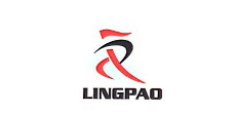
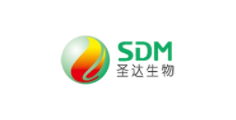
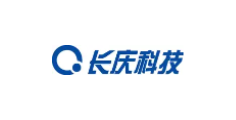
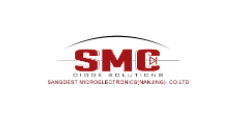
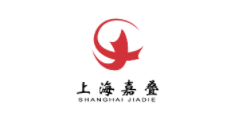
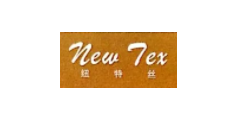
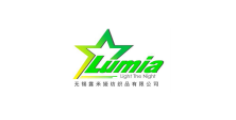
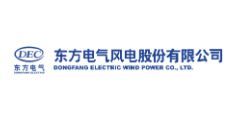

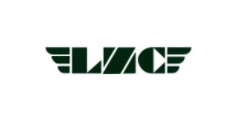
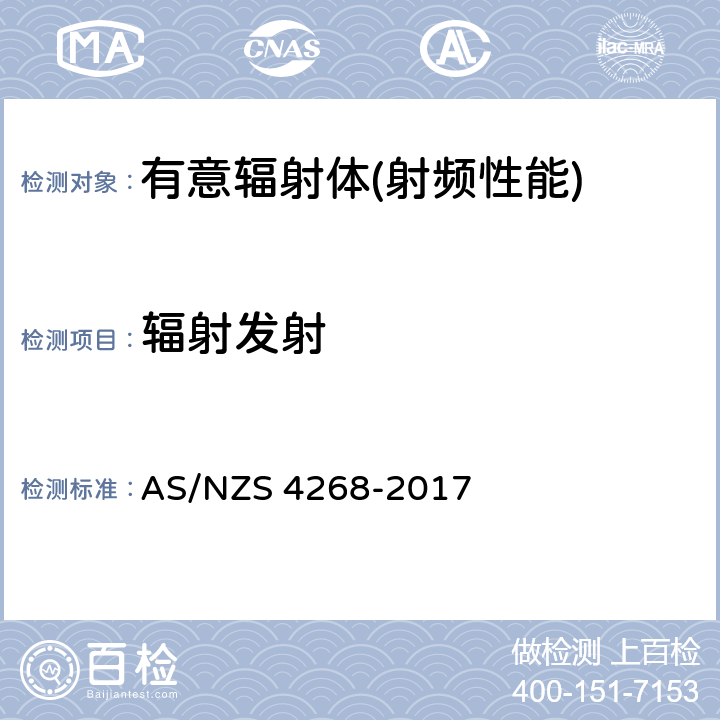
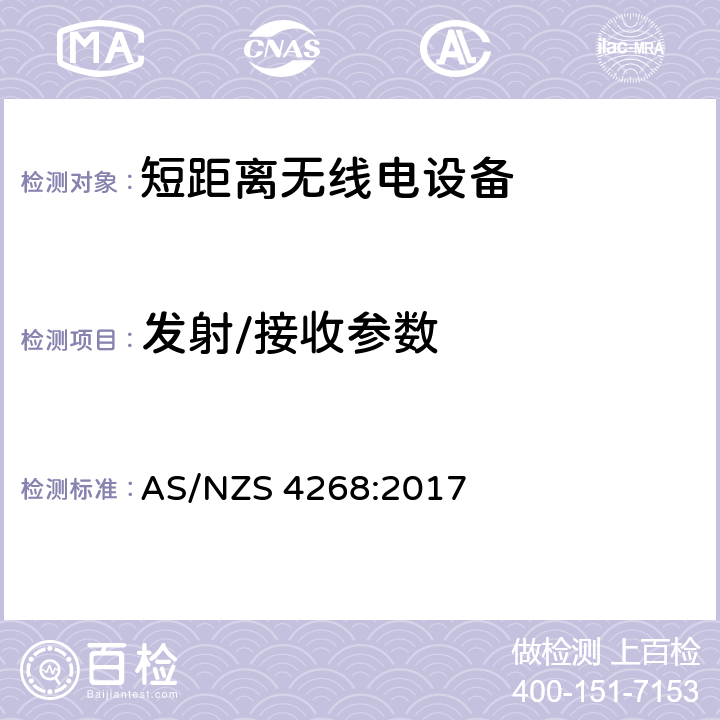
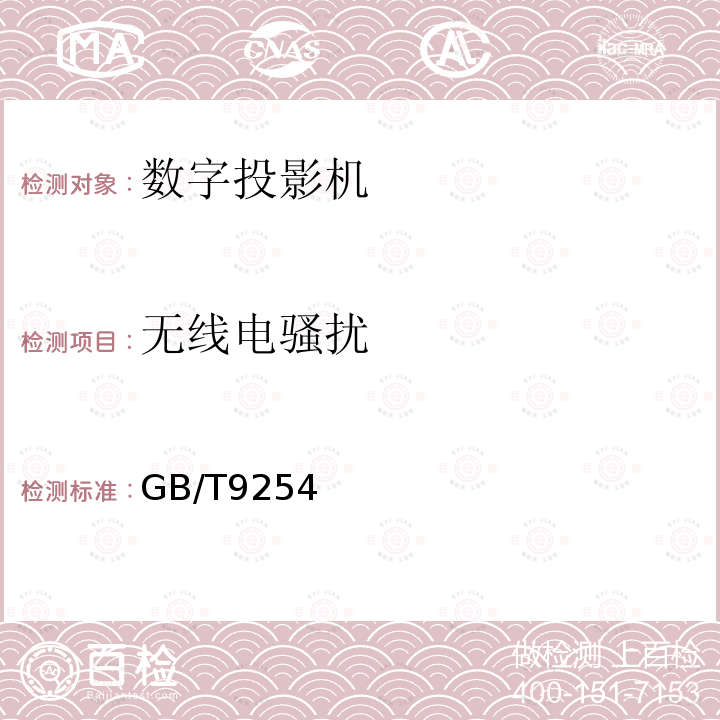
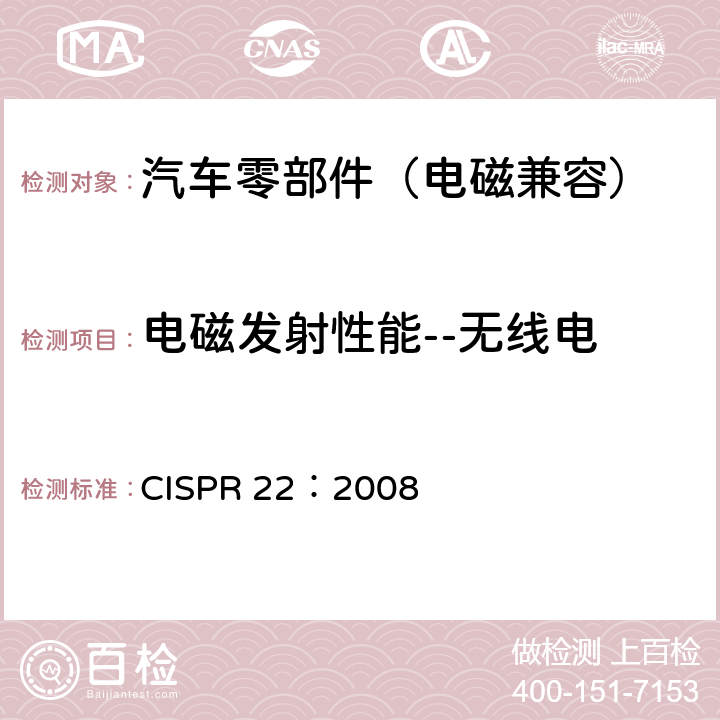
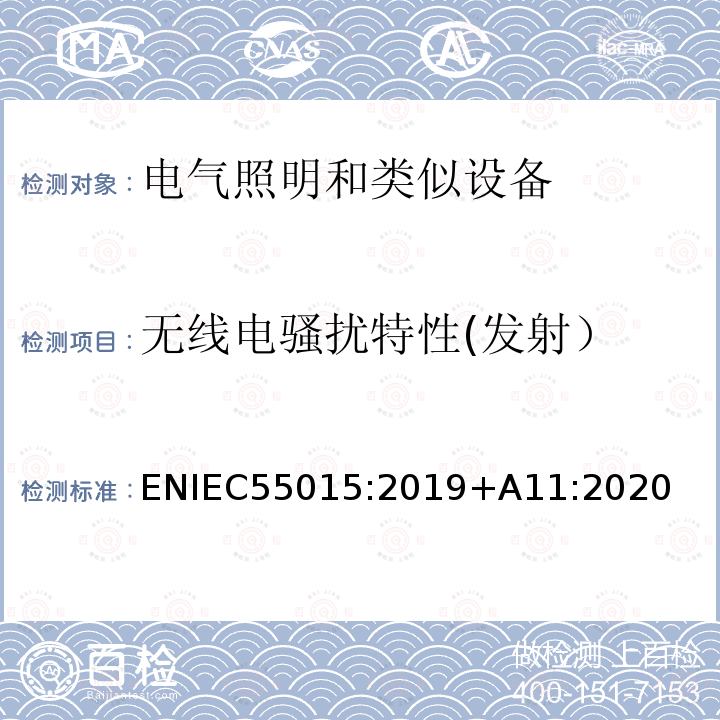
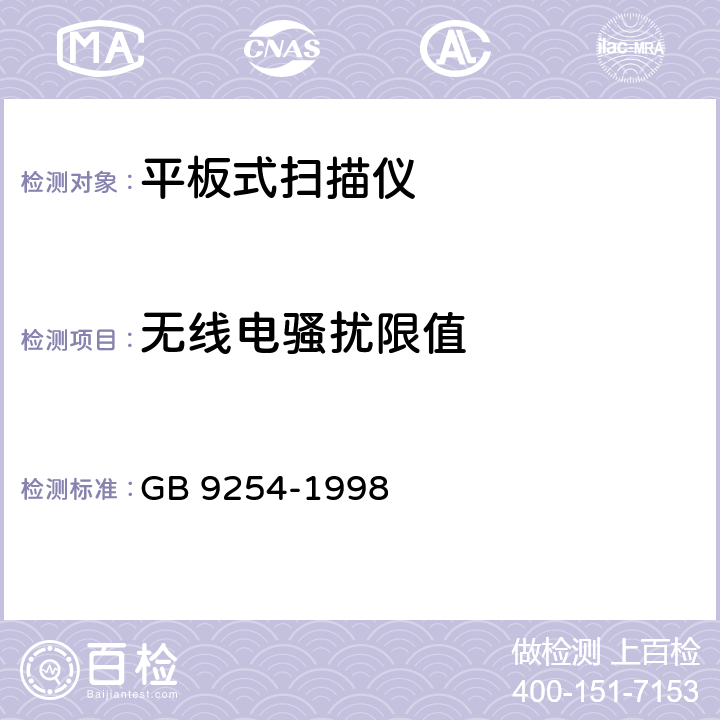


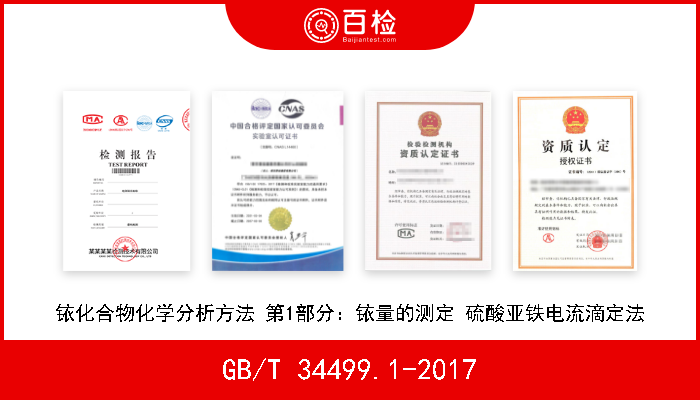
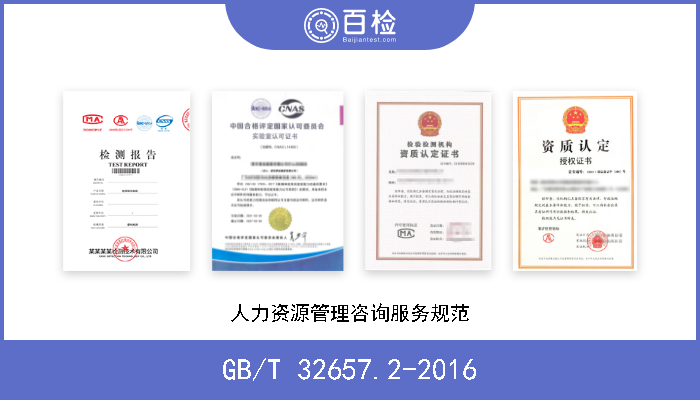
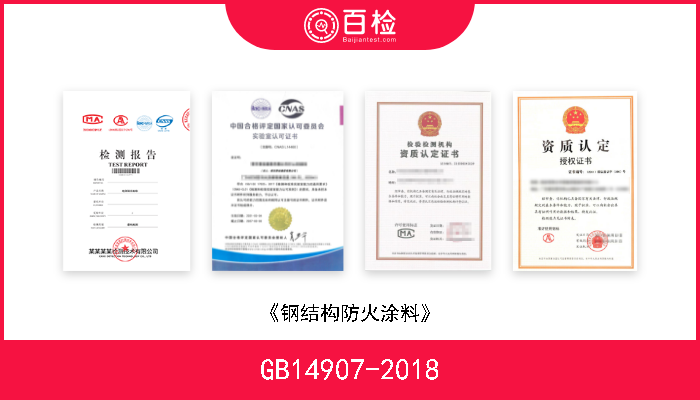
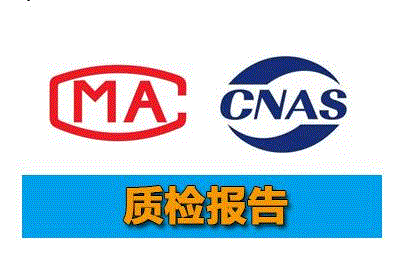
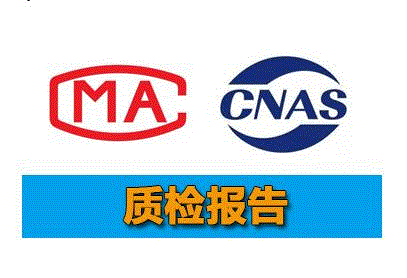


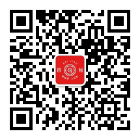
 400-101-7153
400-101-7153 15201733840
15201733840